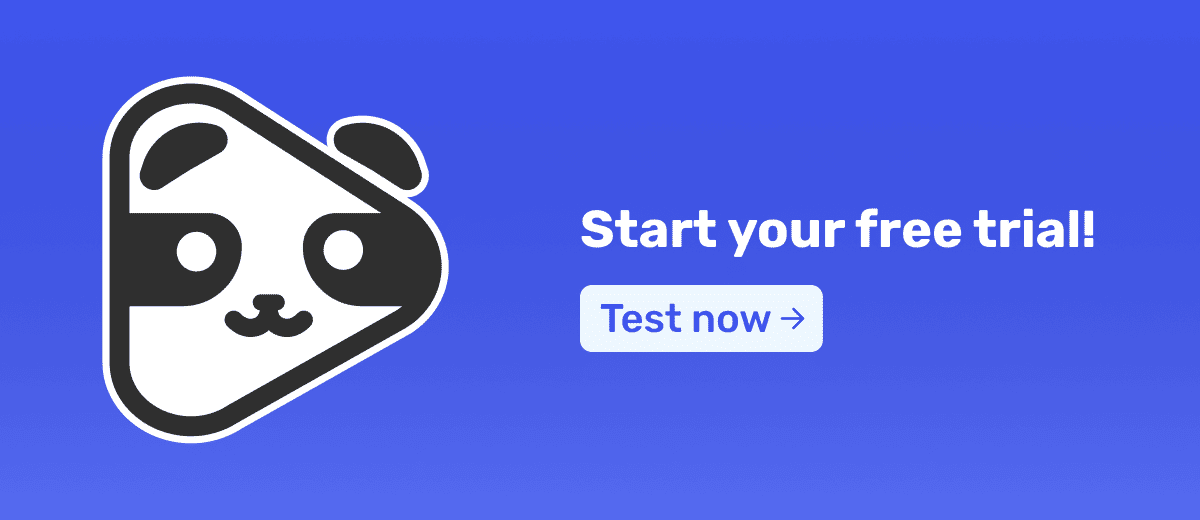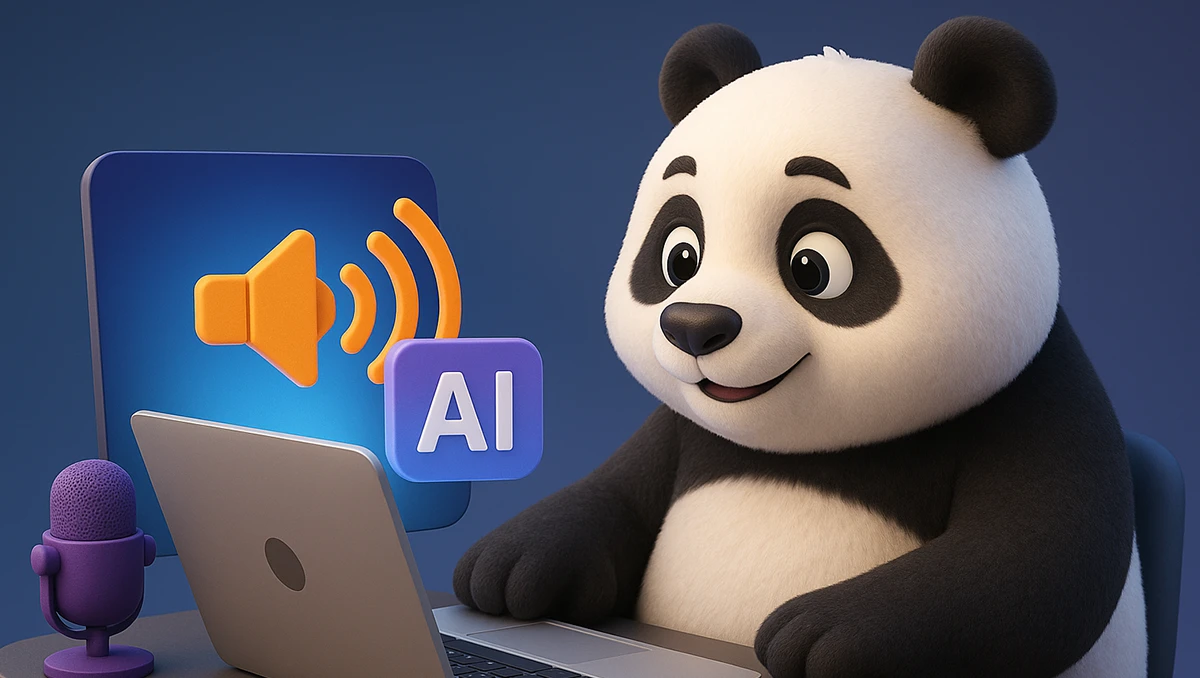If you’ve seen your follower count grow without that turning into sales, the explanation is simple: a follower is not necessarily a qualified audience.
Having thousands of followers may be good for the ego, but at the end of the day, what pays the bills are sales of your services and digital products.
In this article, we’ll list the mistakes people make when trying to build a qualified audience on social media, and share practical tips to attract, engage, and convert the right people.
What is a qualified audience and why is it important?
A qualified audience is a group of people who have genuine interest in your content and in the transformation you promise.
But for someone to become “qualified,” they first need to pay attention to you and then see:
- Trust in your work
- Authority in the subject
- That there’s no one like you in the market
This audience not only consumes your content but also interacts, shares, and is willing to invest to solve the problem you help address.
When you focus on quality, you reduce your customer acquisition cost—even in paid traffic—since your reputation will help your campaigns’ conversion rate.
It’s proven: 70% of consumers are more likely to buy from people they trust (Edelman Trust Barometer).
Up to this point, that may not be new to you. However, many info‑product creators make mistakes when trying to build the right audience of followers.
So first, let’s understand the most common mistakes that keep many creators from reaching the right place.
Read also: How to do remarketing to people who watched your videos?
Common mistakes when trying to build a qualified audience
1. Confusing followers with an audience
The number of followers is just a vanity metric and doesn’t represent your potential buyers. Plus, due to algorithms, most of them won’t even see your content.
According to Social Status, average reach per post on Instagram is 14.36%, and this number tends to decrease as your follower count grows.
So the first thing to ditch is the idea that you need a lot of followers to have a successful digital business. Keep this in mind: followers are a consequence, not the goal.
2. Attracting the wrong people
This mistake is a consequence of the previous one. You can have viral posts and still sell nothing because the content attracts the curious—but not potential clients.
For example, a nutritionist who posts funny memes may gain followers quickly, but few of them will be willing to pay for a consultation or a nutritional re‑education program.
Alignment between content and target audience is essential. If you attract people for the wrong reason, you’ll struggle to convert them later, hurting your reach and engagement rate.
3. Lacking clarity about what you’re doing online
This is probably the most harmful mistake on the list.
Without a clear mission, your business loses direction. When there’s no direction, you start posting reactively: today you talk about a topic because you saw someone in your niche posting about it; tomorrow you change your tone because another profile went viral with different content.
The result? An incoherent feed, with no identity, that attracts people for the wrong reasons. As the saying goes, “If you shoot in all directions, you don’t hit any target.”
Actions that will help you attract the right people
Avoiding mistakes is great, but what really moves the needle are strategic actions.
Here are practical tips for building a qualified audience:
Step Zero: define why your business exists
Everything starts here. Without clarity about why your business exists, everything else becomes trial and error.
Before thinking about posting, answer three questions:
- Why does your business exist?
- Who does it exist for?
- What transformation do you promise to deliver?
Let’s go to a practical example: imagine a personal trainer who wants to use Instagram to increase the number of students.
Without a well‑defined objective, they’ll mix tips for athletes, beginners, women who want to lose weight, men who want hypertrophy, and so on. This may attract followers, but it will hardly form a qualified audience, since there’s no direction.
Now, if that same trainer decides that their mission is “to help women with little time achieve their dream body by training at home,” everything changes:
- They already know which pains to address (lack of time, low energy, frustration with diets).
- They know how to shape their language (speak in a practical, encouraging way, without too much jargon).
- And they know how to filter their content (publish only tips, workouts, and social proof aligned with that profile).
This way, you avoid wasting time attracting people who will never buy from you.
1. Create valuable content
A qualified audience is born from the value you deliver even before asking for the sale. Here, “value” means creating content that helps solve real problems and shows you can take the viewer from point A to point B.
You need to think about content in different depths. In general, there are two layers:
Read also: Video Marketing: the strategy every business needs
2. Be consistent with publishing
Posting valuable content once is good, but posting consistently builds trust. Consistency is what keeps your brand top‑of‑mind.
However, consistency by itself shouldn’t be seen as a strategy, but as a habit.
Studies show that after the 21st week of consistent posting, engagement starts to plateau (Buffer).
To keep organic growth, you need to balance cadence with evolving the value you deliver.
3. Build your own lead list
Social networks are great for capturing attention, but they’re rented land. Any algorithm change, drop in organic reach, or even an account block can make you lose years of work.
That’s why the next step is to bring people into a space that’s yours—like your email list.
And it’s not just about safety. Email marketing remains one of the most profitable channels in digital marketing, with an average ROI of US$36 for every US$1 invested.
To capture these contacts, you can use lead magnets (e‑books, checklists, exclusive classes) and integrate lead collection directly into your content. If you work with video, for example, you can use platforms like Panda Video, which let you embed CRM forms and CTAs directly inside the player.

4. Do launches or add CTAs to your sales pages
With a nurtured audience already in your base, it’s time to lead them to purchase. The way you do this depends on your business model:
- If you work with cohort openings or products that aren’t available all the time, the best path is an internal launch. In this format, you prepare a sequence of content (a video series, an online workshop, or a challenge) that warms up the audience and builds anticipation until cart open. It leverages the scarcity trigger—the perception that it’s a unique, time‑bound opportunity.
- If you sell a perpetual product (available for purchase anytime), the ideal strategy is to insert constant, relevant CTAs into your content. You can place a CTA at the end of YouTube videos, in Instagram carousels, and even at the end of newsletters. The key is to adapt the CTA to the chosen format and ensure the rest of the content provides value.
Conclusion: focus on quality
Building a qualified audience isn’t about gathering the largest number of followers, but about attracting and nurturing the right people.
The process starts with clarity about why your business exists, goes through creating valuable content, consistent publishing, and building your own lead base.
From there comes the conversion stage, which can be done via internal launches or with strategic CTAs, depending on your business model.
If your business involves VSLs or courses, how you deliver this content makes all the difference in audience retention and, consequently, in conversion. That’s where Panda Video comes in:
- Increase the open rate and retention of your VSLs with Smart Autoplay and the Fake Progress Bar.
- Host your courses securely, protecting your content against downloads and unauthorized sharing.
- Add interactive CTAs inside the video, at the right moment, to turn attention into sales.
Try Panda Video for free and discover how to deliver your content professionally, securely, and optimized for conversion.




